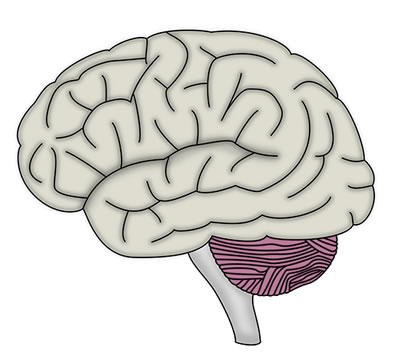
The D component of the ABCDE approach is concerned with addressing problems with the patient’s neurological status.
There are a number of mechanisms that can affect conscious level. Common causes of decreased conscious level include hypoxia, trauma, infections, seizures, metabolic abnormalities (eg hypoglycaemia, renal failure), cerebrovascular events, cerebral tumours and alcohol intoxication.
In children it is more difficult to assess neurological status as they usually do not possess the same communication skills as adults and as such may not comply with a neurological assessment. There are different stages in a child’s level of consciousness ranging from fully conscious to coma and to grade this effectively the children’s Glasgow Coma Scale and the AVPU scale were developed.
Most causes of dysfunction of the central nervous system are picked up as part of A, B or C but this section is mainly focused on a few key areas, which can be easily missed. It is also important to consider the possibility of intracranial processes such as infarction or haemorrhage.
